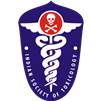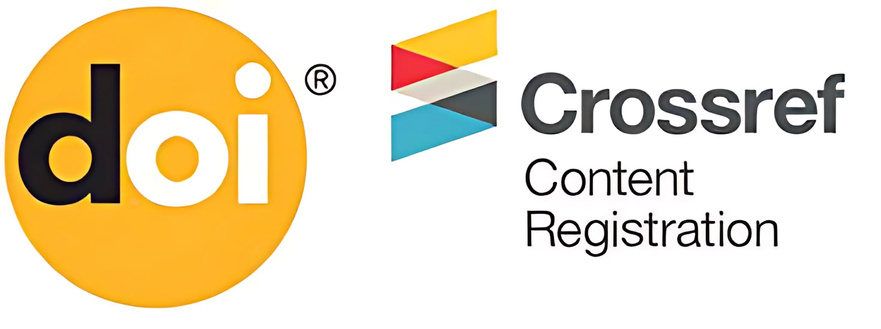Snakebite Envenomation – Clinical Profile, Anti-snake Venom Therapy and Complications
Keywords:
Snakebite; Anti-snake venom; ASV; Anaphylaxis; Whole blood clotting time; WBCT; Renal function tests; RFT; Bleeding time; BT; Clotting time; CT; Prothrombin time; PT; International normalized ratio; INRAbstract
Snakebite is an environmental and occupational hazard in India. Due to varying clinical presentations,
a study on snakebite cases was undertaken with a syndromic approach as described in World Health
Organization (WHO) guidelines to verify the outcome and response to anti-snake venom (ASV). The aim was to standardize snakebite treatment in order to help manage these patients more effectively to reduce morbidity and mortality.
A series of 54 patients of snake envenomation were observed and medically intervened.
History, clinical examination, 20 minutes whole blood clotting time (WBCT), serial monitoring of prothrombin time (PT), international normalized ratio (INR), and renal function tests (RFT) were monitored. Forty two (77.8%) patients had signs of local envenomation, 24 (44%), 3 (5%), 2 (3%) and 2 (3%) patients had haemotoxic, extending signs of local envenomation, neurotoxic and combined reaction, respectively. Only 8 (14.8%) had 20 min WBCT positive compared to 18 (33.3%) positive for PT/INR at 0 hour, even though 31 (57%) had signs of envenomation.
ASV was given to 31 patients, 8 developed anaphylaxis, and 2 had anaphylatic shock, all of whom recovered with standard treatment. Five patients had previous atopy/ asthma, and were premedicated with antihistamine and steroids, they did not show any reaction to ASV.
This study shows that a syndromic approach is an effective tool for managing snake envenomation. Serial monitoring of PT/INR (4–6 hourly) appears to be a better option than bleeding time (BT) or clotting time (CT). We did not encounter ASV-induced anaphylaxis very frequently.



